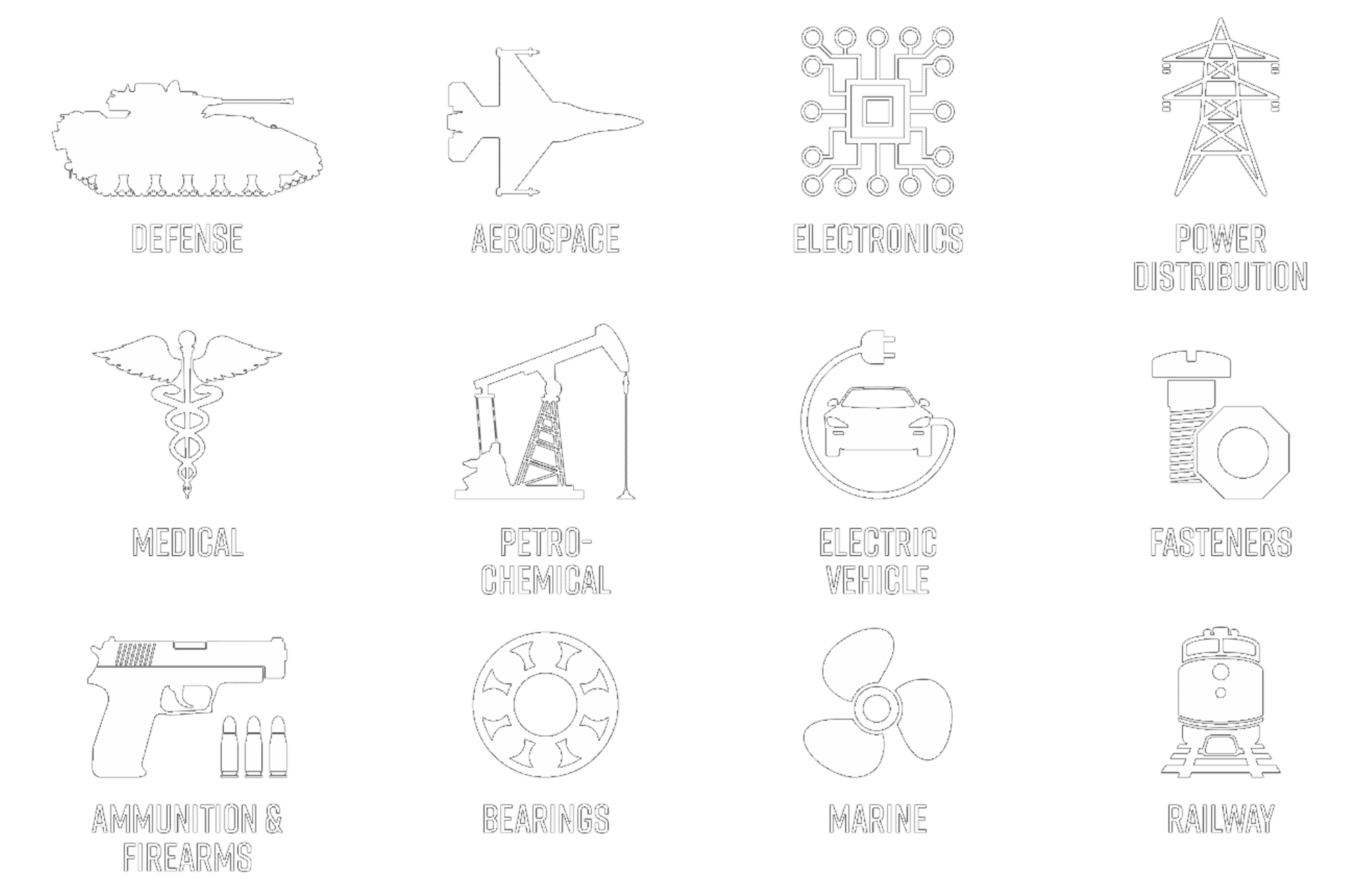Hydrogen embrittlement is physical damage to metallic alloys caused by atomic hydrogen. The damage is manifested as a reduction in ductility in the elastic range, cause a reduction in the yield and ultimate strength of the metal. The hydrogen damage can be immediate or delayed, that is, failures can occur before or after an embrittle part enters service. Embrittled parts have been known to crack or “pop on the shelf” before being assembled or even used.
How does Hydrogen Embrittlement Occur?
Hydrogen codeposition can occur in the plating process either during the actual electrolytic deposition or during the cleaning and acid pickles preceding the plating bath. As such, hydrogen embrittlement is a concern even in electroless plating processes. It is readily removed from the metal lattice by baking the product immediately after plating.
How Do I Prevent Hydrogen Embrittlement?
Hydrogen embrittlement results from the simultaneous codeposition of the primary metal and hydrogen on the surface of the work piece (cathode). The hydrogen is available from the water in aqueous plating bath chemistries and is also exposed at the surface of the work piece during the acid pickling steps of the pretreatment process.
Because the hydrogen atom is much smaller in size than the metal of the deposit, it is able to migrate into the crystal lattice of the basis metal, and reside interstitially between the individual metal atoms. The interstitial hydrogen can greatly amplify the stress of applied forces within the basis metal which can produce catastrophic fracture at loadings much lower than the typical yield strength of the material.
Hardened steels (> 40 Rc) are particularly susceptible to this phenomenon and as such are generally required to be baked after plating to protect against hydrogen embrittlement.
Hydrogen embrittlement relief temperature
The requirement for baking is a time-at-temperature cycle that is generally specified on the part print or within a plating specification. A typical cycle is to bake at 375ºF for 4 hours within 1 hour after plating.






